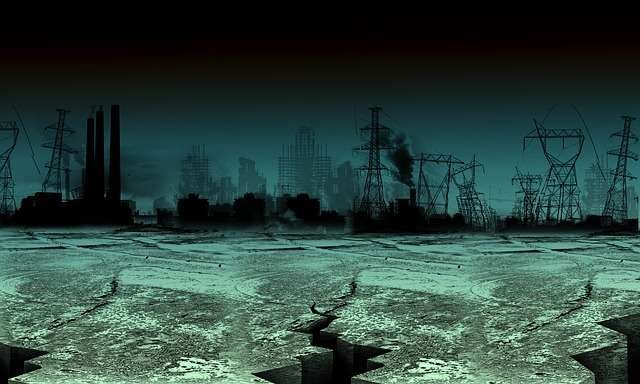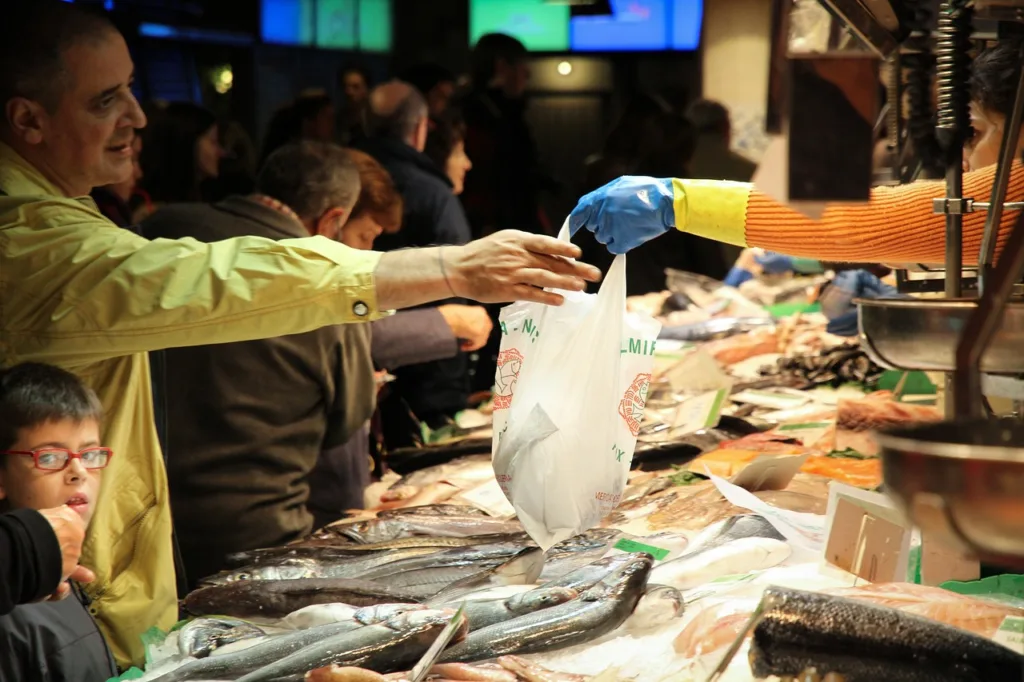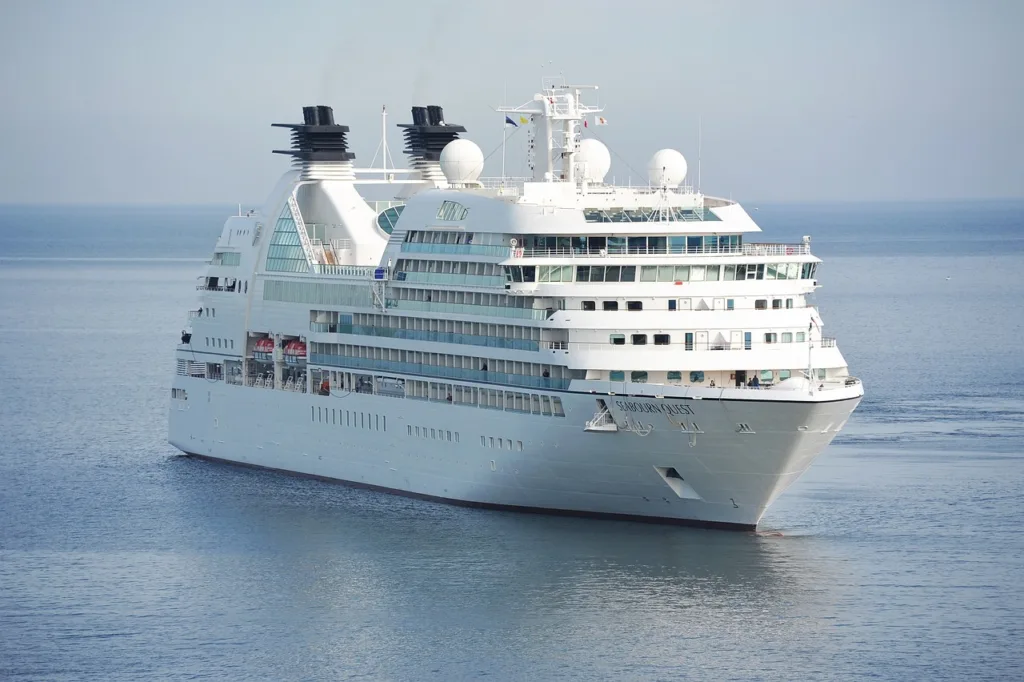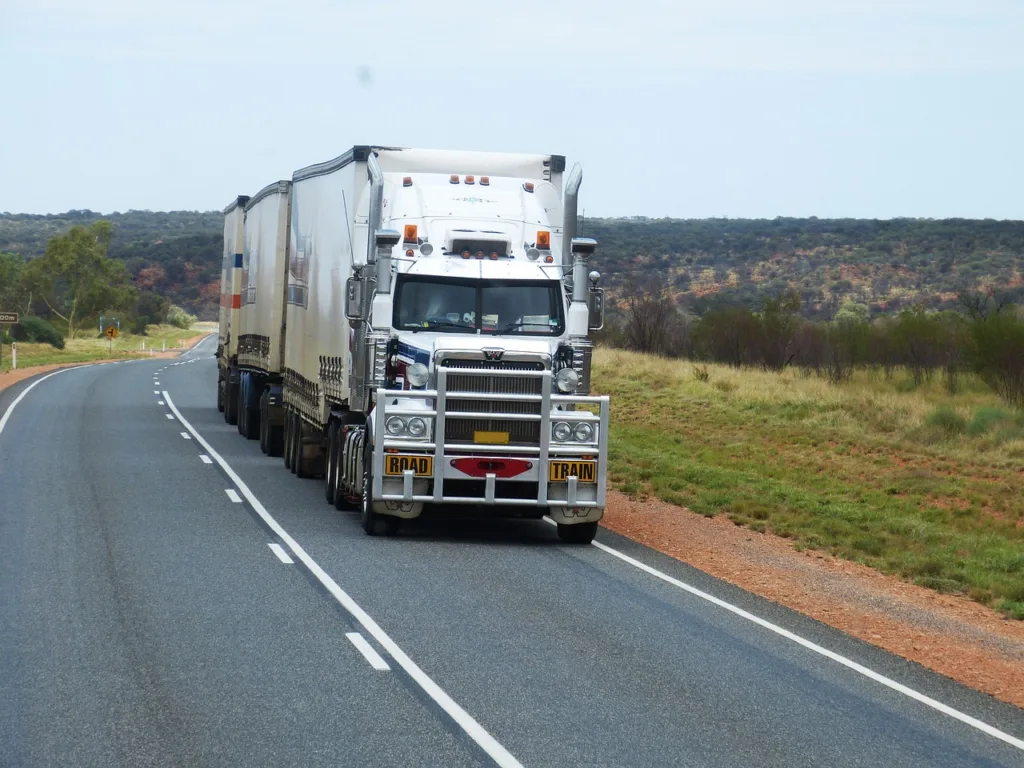The Vital Role of Zoos in Preserving Endangered Species.
Zoos have been around for thousands of years, with the first known examples I can find of them were established in ancient civilisations like Egypt and Mesopotamia.
Modern zoos, as we know them and love them today, first appeared in the 18th and 19th centuries. These early zoos were primarily collections of exotic animals intended to entertain the public.
Zoos’ roles evolved over time, with a shift towards education, research, and conservation.
Zoos are now more than just places for people to admire the beauty and diversity of the animal kingdom; they are also centres for scientific research and critical conservation efforts.
How Many Zoos Are There in the World?
The plethora of Zoos and wildlife sanctuaries that now exist in our amazing world play a crucial role in conservation efforts and provide unique opportunities for people to learn about and appreciate various animal species.
Below is some information about the efforts humanity is making to help preserve the populations of various species.
The below examples include traditional zoos, safari parks, aviaries, butterfly parks, reptile centres, wildlife sanctuaries, animal theme parks, and nature reserves that allow visitors.
I think it’s fantastic to see just how many sanctuaries are out there contributing to conservation efforts and educating the public about our planet’s diverse wildlife.
The U.S. is home to 350 zoos, including aquariums. Notable ones include the San Diego Zoo, Austin Zoo, Indianapolis Zoo, Henry Doorly Zoo and Aquarium, and Disney’s Animal Kingdom Theme Park. The US States with the highest numbers of zoos are California, Florida, and Texas.
Germany boasts 316 zoos, making it a significant contributor to global wildlife sanctuaries. The Berlin Zoo, covering over 80 acres and hosting 18,600 animals, is the world’s largest zoo.
The UK has 118 zoos, with notable ones being the London Zoo (founded in 1826) and the ZSL Whipsnade Zoo.
Australia has 104 zoos, including the famous Taronga Zoo and the National Zoo and Aquarium. In Sydney, you can visit the Featherdale Sydney Wildlife Park, where you can pat a koala and interact with other Australian species. Another option is the Koala Park Sanctuary in West Pennant Hills.
Australia is also home to the amazing and very suitably named Australia Zoo. Internationally I imagine that of a lot of people in this world still describe it as the “Home of the Crocodile Hunter,” and I’m sure the Irwin family are quite happy about that.
Australia Zoo is a remarkable wildlife sanctuary located on Queensland’s Sunshine Coast. I had the pleasure of taking my family there around 9 years ago, we were all exhausted at the end of the day but it was well worth it.
Australia Zoo was established in 1970 as the “Beerwah Reptile Park,” Australia Zoo has grown significantly over the years.
It now spans a truly amazing 700 acres (280 hectares) and is situated near the Glass House Mountains in Queensland. Conservation is their main goal, so only around 110 acres of the zoo are open to the public.
It is home to over 1,000 native and exotic animals and visitors can encounter a diverse range of species, including Lemurs, Crocodiles, Elephants, Rhinos, Koalas and many more.
The Irwin family and the entire team of passionate conservationists that work there don’t leave anything in the tank when it comes to delivering unique animal experiences and educating their visitors about wildlife.
Japan has 96 zoos, with the historic Ueno Zoo being the nation’s first and largest.
Brazil is home to 80 zoos and aquariums, showcasing unique wildlife like the jaguar and Brazilian tapir. Notable ones include the BioParque do Rio, São Paulo Zoo, and Rio de Janeiro Zoological Garden.
India has 66 zoos, including the renowned National Zoological Park in Delhi (the oldest in the country). You can find species like the Royal Bengal tiger and Asiatic lion in these zoos.
Canada’s zoos are over 100,000 animals strong across various species and the Toronto Zoo alone houses 5,000 animals and 450 species.
China contributes to the equation with 34 zoos and some very large aquariums, with the Beijing Zoo being notable for its collection of 4,500 animals, including giant pandas.
The Czech Republic has 34 zoos, with the Prague Zoo (Zoo Praha) ranking as the fifth best in the world.
Successful Preservation of Endangered Species in Zoos.
Zoos have played an important role in the successful conservation of many endangered species. These institutions have played an important role in preventing the extinction of various animals by carefully managing breeding programmes and conservation initiatives.
Examples of endangered species that have been successfully preserved in zoos include the Giant Panda, California Condor, Black Rhinoceros, Amur Leopard, Sumatran Orangutan, Bengal Tiger, Mountain Gorilla, Red Wolf, Whooping Crane, South China Tiger, Przewalski’s Horse, Florida Panther, Eastern Indigo Snake, Golden Lion Tamarin, Indian Rhinoceros, Philippine Eagle, Siberian Tiger, Arabian Oryx, Western Lowland Gorilla, African Penguin, Hawksbill Sea Turtle, Proboscis Monkey, Komodo Dragon, Pink Pigeon, Arabian Oryxm and the Golden Lion Tamarin.
These are just some examples of the many endangered species that owe their continued existence to the efforts of zoos and wildlife reserves.
The Link Between Conservationists and Zoos
Zoo operations are closely related to the work of conservationists, who are essential to the survival of endangered species.
These committed people put forth endless effort to research and safeguard threatened species of animals in their natural environments.
They work together with zoos to exchange information, create breeding initiatives, and guarantee the long-term survival of threatened species.
Zoos offer a controlled setting where scientists can closely observe and research animals that are in danger of extinction. These species are shielded from dangers in the wild, like habitat loss, poaching, and climate change, by the safe haven they provide.
Zoos support public awareness campaigns, education initiatives, and research by forming alliances with conservation organisations. This helps people realise how important conservation is.
The Delicate Process of Relocating Endangered Animals to Zoos.
Substantial Planning and thought go into the delicate and complicated process of relocating endangered animals to zoos.
The main objective is to guarantee the animals’ health and safety during the trip and during their stay in the zoo.
There are extra difficulties and dangers when transferring wild, endangered animals to zoos in other nations.
These risks include the potential for disease transmission, adjusting to a new climate and environment, and the strain of travel.
Many preparations and safety measures are implemented to reduce these risks.
Methods Used for Transporting Wild Animals to Zoos.
Various techniques are used, depending on the species and distance of travel, to transfer wild animals to zoos.
Typical techniques include the following:
1. Air Transport: Animals are frequently flown over large distances for transportation. To guarantee their security and comfort throughout the trip, specialised crates and containers are utilised.
2. Land Transport: Animals may be transported by land using vehicles with specialised designs when the distance is shorter. These cars feature comfortable inclosures and climate control systems.
3. Sea Transport: When going to islands or other coastal regions, animals may occasionally be transported by sea. Sufficient amenities and attention are offered to guarantee their welfare.
Caring for Animals during International Transport.
Any endangered species being relocated should never suffer harm during the process; that is the last thing anyone would ever want. As a result, animals’ welfare is crucial during international transportation.
To guarantee the comfort and safety of the animals, specially trained professionals go with them. They keep a careful eye on their health, give them the right food and drink, and foster a calm atmosphere.
Furthermore, specialised quarantine facilities are provided by zoos and wildlife reserves to guarantee that animals are healthy and free of disease prior to their introduction to their new surroundings.
Strict procedures are followed in these facilities to stop the spread of any possible illnesses.
The Pros and Cons of Protecting Endangered Species in Zoos.
Preserving threatened species is an important undertaking that necessitates carefully weighing different strategies. The preservation of these species in zoos is one such strategy.
Although some may find it unethical to keep animals in captivity, zoos can protect endangered species and offer many other benefits.
I won’t go too much into the Pros and Cons of this, basically because I personally don’t really see there to be any Cons.
For my mind, there is far too many problematic humans out there going out of the way to cause harm for me to ever think that protecting other species in the safety of Zoos or Wildlife Sanctuaries to ever be a bad idea.
I. Conservation Efforts and Education: Zoos play a vital role in conserving endangered species by participating in breeding programs and research. Visitors gain valuable knowledge about wildlife and ecosystems, fostering empathy and environmental awareness. For example, the captive breeding of pandas in zoos contributes to their survival.
II. Challenges and Ethical Concerns: Despite their positive impact, zoos face challenges. Limited space can lead to poor living conditions for animals. Artificial environments, such as concrete enclosures, fail to replicate natural habitats. Animals may exhibit stereotypic behaviour due to stress and confinement, a phenomenon known as zoochosis.
III. Balancing Conservation and Welfare: Striking a balance between species protection and animal welfare remains a complex issue. While zoos contribute to conservation, ethical debates persist. Ensuring the well-being of captive animals while fulfilling conservation goals is a continuous challenge.
So Why Do So Many Species Require Refuge in Zoos?
While there might be a few drawbacks to preserving endangered species in zoos that should be carefully considered, it’s critical to acknowledge that these animals need a place to call home.
Zoos are necessary for the protection and welfare of numerous species for the following reasons:
· Habitat Destruction: Urbanisation, deforestation, and other human activities cause many species’ habitats to be destroyed. Zoos offer a regulated setting wherein these species can be safeguarded until their native environments can be re-established.
· Poaching and the Illegal Wildlife Trade: Poachers are criminals, and many endangered species are seriously threatened by both the illegal wildlife trade and poaching practices. These animals can be protected from these illicit activities and their populations can be maintained by being housed in zoos.
· Absence of Appropriate Protected Areas: In certain situations, adequate protected areas may be too few or nonexistent to ensure the survival of endangered species. Zoos can serve as these species’ temporary or permanent home until suitable habitats can be established.
· Disease Outbreaks: Disease outbreaks have the potential to completely wipe out the populations of endangered species. Zoos can offer a safe haven where animals can get the essential medical attention and protection from infectious diseases.
· Limited Resources for Conservation: Resources for conservation efforts are scarce in many areas. Zoos can intervene and offer the tools and knowledge required to save endangered species that might otherwise be overlooked.
· Public Support and Engagement: Unlike other conservation initiatives, zoos can inspire and engage the public in new and interesting ways. Zoos can increase public awareness of endangered species and foster support for their conservation by showcasing them.
· Conservation Urgency: The situation for some severely endangered species is urgent, necessitating quick action to keep them from going extinct. By accepting these animals and starting conservation breeding programmes, zoos can respond quickly.
· Research and Scientific Knowledge: By giving researchers the chance to examine endangered animals up close, zoos advance scientific knowledge and research. This study can advance our knowledge of these animals generally and help guide conservation efforts.
· Cooperation and networking: To exchange information and resources, zoos frequently work with other establishments and conservation groups. The combined efforts to preserve and protect endangered species are strengthened by this partnership.
· Reintroduction Potential: By safeguarding threatened species in zoos, reintroduction into the wild is possible if appropriate habitats and conservation measures are put in place. This offers these species a second chance to flourish in their native habitats.
Conservation Breeding To Preserve Endangered Species in Zoos.
In zoos all over the world, conservation breeding is essential to maintaining endangered species. These establishments serve as significant hubs for education and conservation in addition to being entertaining venues. Zoos play a vital role in the survival of endangered species and their eventual release back into the wild through careful breeding programmes and research.
Threats to endangered species in the wild include disease, poaching, habitat loss, and climate change.
Regrettably, these risks have frequently been made worse by human activity, and occasionally they have even been created. Zoos can help safeguard and conserve these delicate animals in this situation.
Preserving Endangered Species In Zoos & Wildlife Sanctuaries.
Through their conservation breeding programmes, zoos and wildlife sanctuaries play a vital role in the preservation of endangered species.
These initiatives seek to preserve and enhance captive populations’ genetic diversity in order to secure their long-term survival.
These facilities can avoid inbreeding and preserve healthy populations by closely managing breeding pairs and keeping an eye on genetic health.
Furthermore, to exchange animals for breeding, Wildlife Sanctuaries and Zoos work together as well as with other conservation organisations.
This stops the loss of important genetic diversity and contributes to the maintenance of a healthy gene pool.
Zoos and Wildlife Sanctuaries help to preserve endangered species that might not have healthy populations in the wild by working together in these concerted efforts.
In addition, animals that are injured, sick, or for other reasons unable to survive in the wild can find sanctuary in zoos and wildlife sanctuaries.
Zoos and wildlife sanctuaries provide specialised care and attention to their species, guaranteeing the best possible quality of life and giving us hope for the species’ extended survival.
Reintroduction into the Wild.
Zoos work to protect endangered species, but when it’s safe to do so, they also try to put animals back into their native environments.
The reintroduction process necessitates meticulous preparation, investigation, and evaluation of the animals’ preparedness.
Zoos collaborate closely with experts and conservation organisations to identify the ideal time and place for reintroduction.
They take into account things like the suitability of the habitat, the accessibility of resources, and the lack of serious threats.
Animals go through extensive training before being released to ensure they have the skills needed to survive in the wild.
Zoos keep an eye on and assist reintroduced animals after they are freed to make sure they successfully adjust to their new surroundings.
This long-term commitment is crucial for the survival and sustainability of reintroduced populations.
Vocational Roles Associated with Protecting Endangered Species.
A variety of vocations are involved in the protection of endangered species, and each one contributes differently to conservation efforts.
To protect and preserve endangered species, these positions demand specific knowledge, abilities, and commitment.
1) Zoo Conservationist: To create and carry out conservation plans, zoo conservationists collaborate closely with zoo employees, researchers, and conservation groups. They carry out studies, keep an eye on population trends, and support breeding initiatives. A degree in wildlife management, conservation biology, or a similar discipline is usually necessary to work as a zoo conservationist. Fieldwork and more experience are very helpful.
2) Wildlife Biologist: To learn more about the behaviour, ecology, and conservation requirements of endangered species, wildlife biologists investigate these species in their natural environments. They gather information, perform field research, and analyse results. A career as a wildlife biologist typically requires a bachelor’s or master’s degree in biology, ecology, or a related field.
3) Zoo educator: Educators at zoos are essential in spreading knowledge about the need to conserve endangered animals. They create educational initiatives, conduct tours with guides, and interact with guests of all ages. Becoming a zoo educator requires having a background in biology, environmental science, or education. Additionally crucial are effective presentation and communication skills.
4) Zookeeper: The daily upkeep and welfare of the animals in zoos is the responsibility of zookeepers. They feed the animals, tend to their needs, keep an eye on their health, and make sure they are in good overall condition.
Explaining the Education Requirements for Becoming a Zookeeper
It takes education in the classroom and real-world experience to become a zookeeper. The following recommendations can assist prospective zookeepers in getting ready for their career, even though specific requirements may differ based on the organisation and position:
i. Earn a degree that is relevant: A strong foundation of knowledge in animal care and behaviour can be obtained with a bachelor’s degree in zoology, animal science, biology, or a similar discipline. A zookeeping associate’s degree or certification programme might be accepted by some colleges.
ii. Get real-world experience: Look for chances to work directly with animals in order to obtain practical experience. This can be accomplished through volunteer work, internships, or part-time jobs at animal shelters, zoos, or wildlife rehabilitation facilities.
iii. Develop transferable skills: In addition to caring for animals, zookeepers need to be skilled in teamwork, communication, and problem-solving. Develop these abilities through relevant part-time work, extracurricular activities, and coursework.
iv. Focus on a particular taxonomic group: Although it’s not required, specialising in a certain animal group can improve employment opportunities. Concentrating on reptiles, birds, or primates, for instance, can lead to opportunities in speciality zoo exhibits.
v. Keep abreast of developments and trends in the industry: Attend seminars, workshops, and conferences to learn about the most recent advancements in animal welfare and zookeeping techniques.








